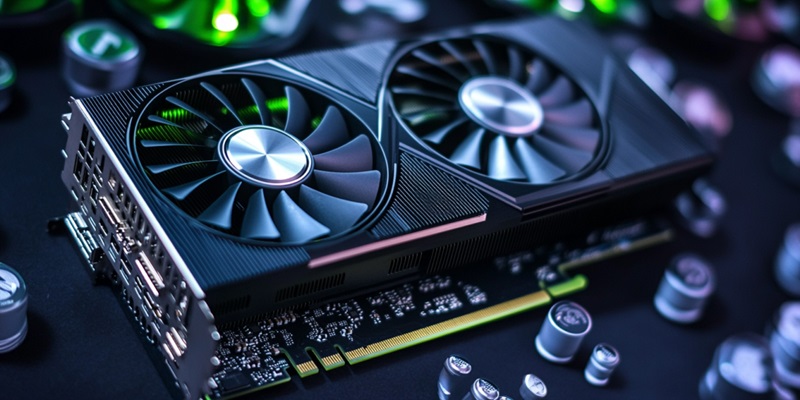Imagination Technologies, renowned for its PowerVR GPU architecture, has garnered significant attention following a substantial $100 million investment from Fortress Investment Group, setting the stage for its resurgence. This chip designer was once a dominant force in the GPU market; however, it faced a severe setback in 2017 when Apple, its crucial partner, shifted to custom GPU solutions. After being acquired by the Chinese equity firm Canyon Bridge, Imagination Technologies managed to maintain some relevance, especially in China.
Strategic Shift Towards AI Solutions
A pivotal change in the company’s strategy aims to capitalize on the burgeoning demand for edge AI solutions. Imagination Technologies intends to make major advancements in the AI sector by enhancing the software ecosystems surrounding their GPU IP technologies, which are traditionally celebrated for their power efficiency and data movement capabilities. The company has laid out two principal approaches for elevating its AI functions: either by modifying NPU (Neural Processing Unit)-like systems for more general purposes or by refining GPUs to better manage dense, low-precision compute tasks.
Fostering a Robust AI Software Ecosystem
Tim Mamtora, Chief of Innovation and Engineering at Imagination Technologies, underlines that the forthcoming competitive edge will stem from developing a robust AI software ecosystem akin to NVIDIA’s CUDA, currently the leading platform for AI developers. One of the primary challenges, according to Mamtora, is to empower developers to run applications seamlessly across various hardware platforms. He alludes to a solution similar to ZLUDA, which enhances compatibility in running applications on different types of hardware.
Expanding Product Portfolio
The company’s existing product lineup includes the PowerVR Series 9XE GPUs and a Neural Network Accelerator explicitly designed for neural network computations. As they proceed, there will be a significant focus on software development while keeping a close eye on market demands and gearing up to launch next-generation products.
Commitment to Market Re-establishment
The article sheds light on the overarching trend of a shift in the company’s leadership and strategic planning, illustrating a strong commitment to re-establishing its presence in the competitive AI and GPU markets. Although it is premature to forecast the ultimate success of Imagination Technologies’ revival, the recent capital influx and strategic pivot towards enhancing AI software ecosystems signal promising prospects for the company.
Reinventing Through Software
Imagination Technologies, famous for its PowerVR GPU architecture, is back in the spotlight after a hefty $100 million investment from Fortress Investment Group, signaling a potential comeback. This chip designer was once a leading player in the GPU market, but it suffered a major blow in 2017 when Apple, its key partner, decided to switch to custom GPU solutions. The loss of such a significant partner led to a steep decline in the company’s market position and profitability. However, the story didn’t end there. Imagination Technologies was acquired by Canyon Bridge, a Chinese equity firm, which helped the company stay afloat and retain some market presence, particularly in China. The new investment from Fortress Investment Group could provide the necessary resources and strategic direction for Imagination Technologies to regain its former prominence in the GPU industry. This move is a notable chapter in the company’s journey, aiming to re-establish itself as a major contender in the competitive technology market.

